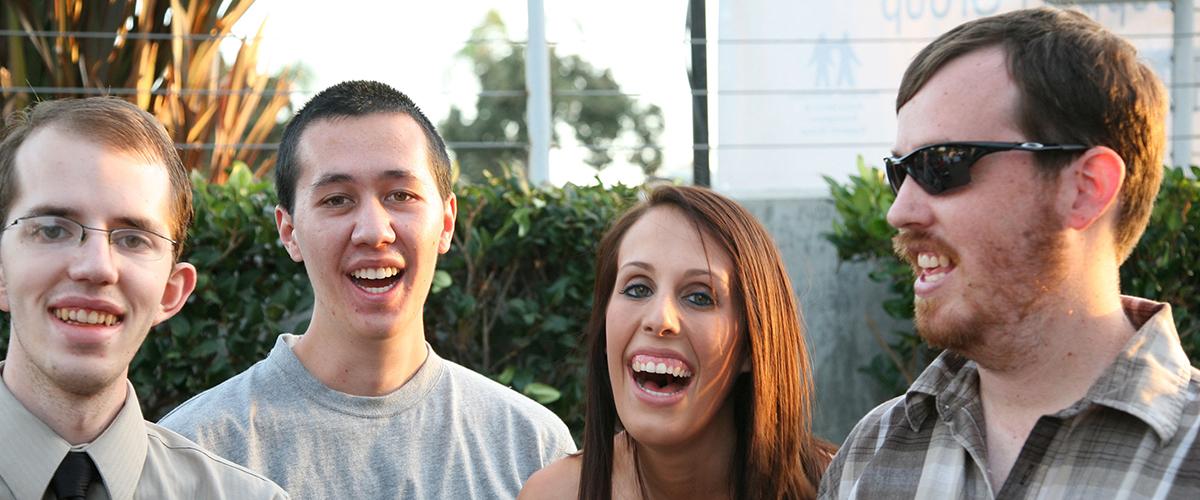12 leading DM1 pulmonologists in Western Europe, the UK, Canada, and the US joined together to create the Clinical Care Recommendations for Pulmonologists Treating Adults with Myotonic Dystrophy Type 1.
Care Tools Research
Learn more about the patterns, symptoms, diagnosis and treatments available for Respiratory System problems in CDM.
Learn more about the patterns, symptoms, diagnosis and treatments available for Respiratory System problems in DM2.
Learn more about the patterns, symptoms, diagnosis and treatments available for Respiratory System problems in DM1.
Disorders of sleep and breathing are well characterized for DM1, but what about DM2?
Respiratory dysfunction in DM1 draws new attention.
Close monitoring of respiratory function reduces respiratory complications in DM1.


